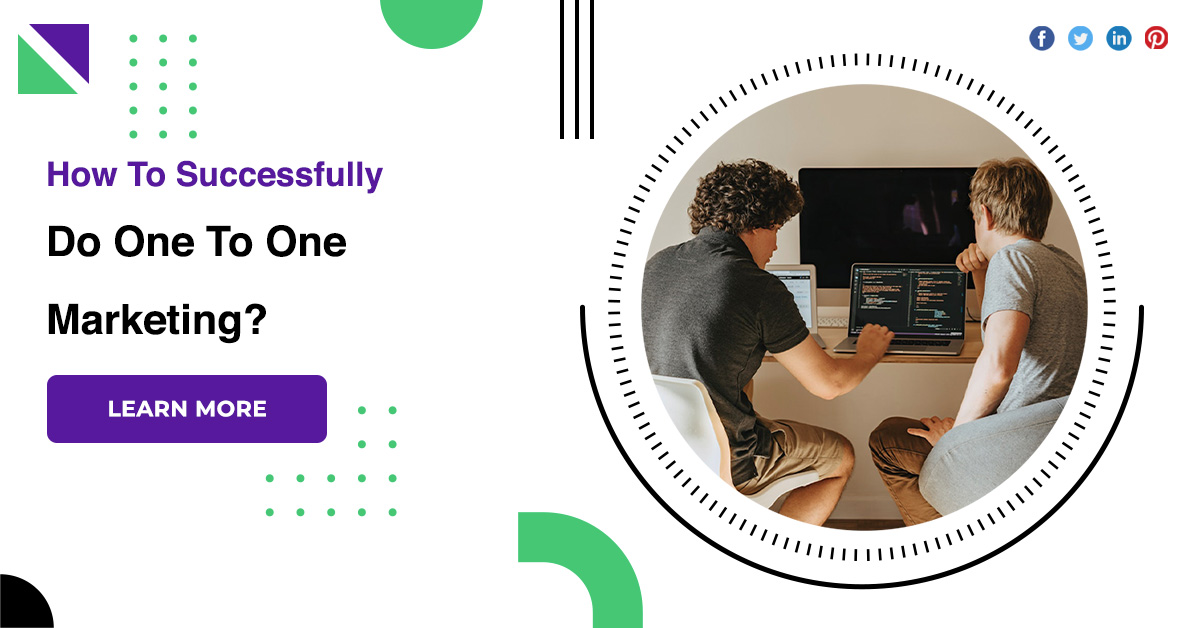How To Successfully Do One To One Marketing?
One to one marketing is a customer management and marketing strategy that focuses on personalized interactions with the customer. At the heart of the one-to-one marketing ethos is personalization and customization, which help improve customer loyalty and create more value from marketing efforts. The old restaurant owners remembered each customer by name along with their order, so they have a user experience and more convenience when dealing with the brand.
One to one marketing
Prepare a strategy
Assess your goals and determine your resources. To decide on these elements, you can look to other employees, including managers and key salespeople, to analyze the needs of your customer base and evaluate which tasks you want to prioritize.
Collect customer data Once you’ve created
Research your customer base and reach out to them for feedback. To make this process efficient, you can use a CRM to collect information from people who visit your website and organize it into a database.
Determine customer needs
Put your customers into different categories or groups and create content based on their different values and preferences. You can program your CRM to create these groups for you and recognize relevant patterns based on parameters you set. Understanding this information can help your team effectively target ads and build stronger connections with your customers.
Track customer interactions
After launching an individual marketing campaign, continue to research the needs of your customers. Use all available data about your customers to provide context to your communications through any medium. You can offer a rewards program to capture their information and provide certain benefits to long-time customers, such as coupons or early access to products.
Tips for using marketing
Get live chat software for your website: This allows sellers to respond more quickly to customer queries and concerns.
Invest in a customized CRM: You can collect and organize customer data according to your preferences and needs. This option can optimize your process and give you more time for other tasks.
Address customers by their name: Because people may receive many types of automated messages throughout the day, using their names can help personalize the interaction.
Respond to customers on social media: By researching popular trends on social media and responding to customers in real time, you can foster positive relationships that can lead to increased sales.
Start with a narrow plan: You can implement just one strategy, such as social media outreach, to see if the results match your needs and goals. Knowing in advance that a strategy can work can boost your confidence if you decide to expand it into different areas.
Advantages
Returning customers: Customers often appreciate this personalized connection and may remember your business the next time they look for the same service.
Cost advantages: Instead of expensive marketing campaigns, you can devote more resources to maintaining relationships with long-term customers. You can also save your resources and get a better return on your investment.
Up-selling and cross-selling: Customers who like your services are more likely to purchase an updated version of the product or service and show more interest in similar items.
Increased referrals: If a customer prefers your services, they are more likely to recommend.
Conclusion
It envisioned a world where businesses were perfectly aligned with customers. Businesses benefited from this, as satisfied customers translated into higher lifetime value.











